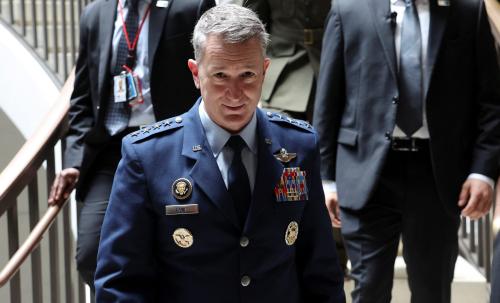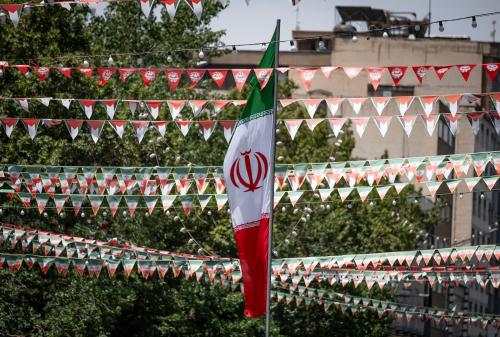Since Dick Cheney and Colin Powell developed the Bush administration’s base force concept almost a decade ago, U.S. warplanners have focused their primary attention on the possibility of overlapping Desert-Storm-scale conflicts in the Persian Gulf and on the Korean peninsula. This two-war concept has a certain strategic logic: the U.S. military should not be so small that a single war would demand virtually all American combat forces, leaving other regions of the world largely unguarded.
However, the current two-Desert-Storm straitjacket—according to which the United States plans to conduct two all-out counteroffensives, possibly leading to the overthrow of enemy regimes and occupation of their territories, largely without allied help—is excessively cautious. It also focuses too myopically on Korea and the Persian Gulf. By overinsuring against regional war in these two theaters, the United States risks underinvesting in other defense capabilities, and overworking certain units within its force structure during normal peacetime operations. In this article, Michael O’Hanlon proposes a different and somewhat less demanding type of two-war framework designed to ameliorate these strains and problems.
The Brookings Institution is committed to quality, independence, and impact.
We are supported by a diverse array of funders. In line with our values and policies, each Brookings publication represents the sole views of its author(s).



Commentary
Prudent or Paranoid? The Pentagon’s Two-War Plans
February 1, 2001